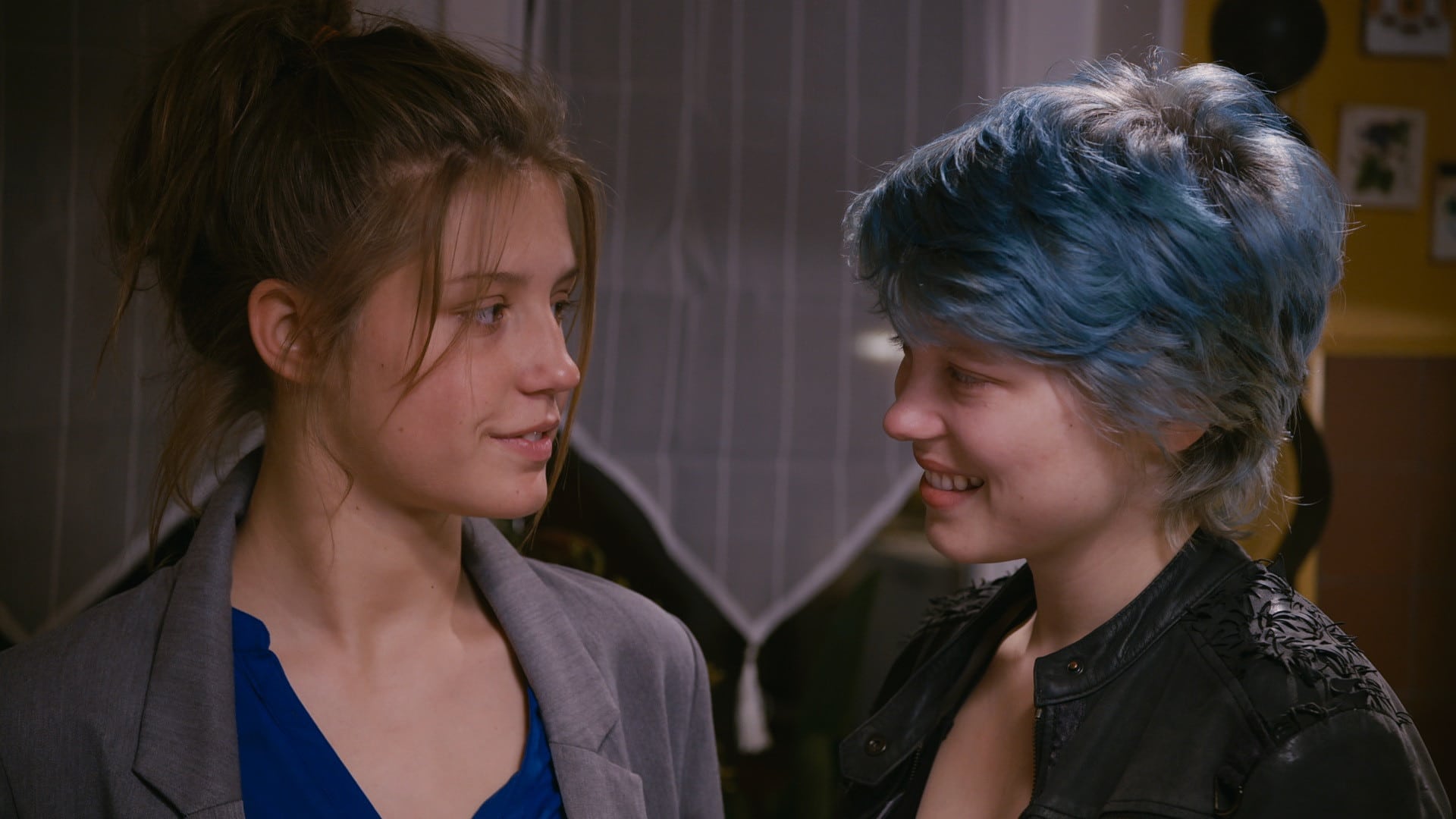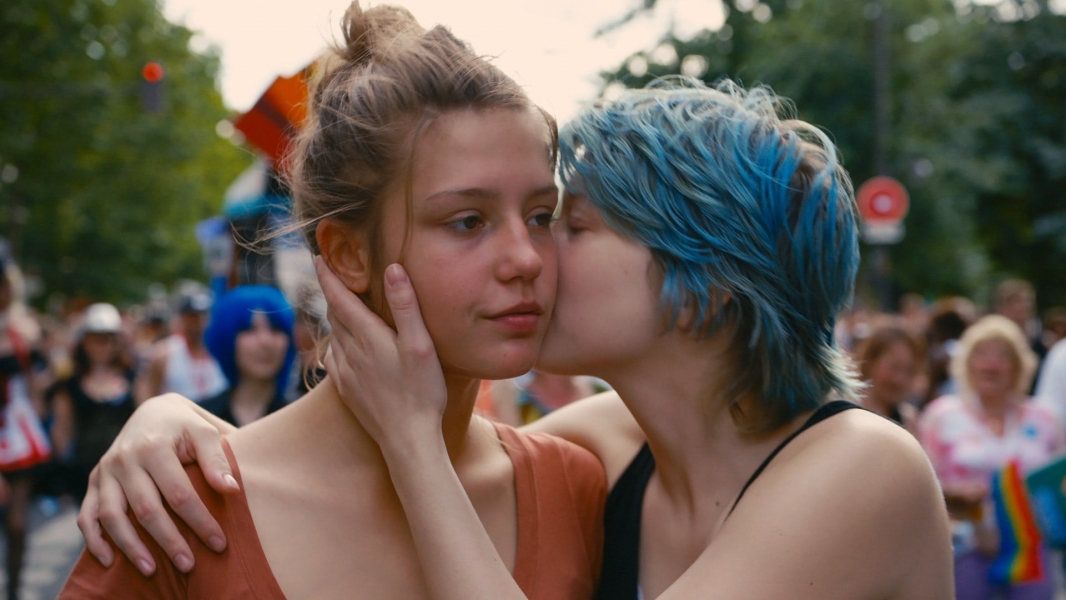

Kechiche puts us spatially close to Adèle, a proximity that I think is meant to create, to borrow a phrase from George Eliot, the “extension of our sympathies.” Yet if my sympathies didn’t extend, it’s partly because Mr. Kechiche used, including close-ups that assert that, as a journalist, Liza Katzman, once said of pornography, “The drama of a woman’s pleasure is written not on her genitals, but her face.”įrom the start, Mr. Even so, I can see why someone might find it pornographic given the visual conventions that Mr.

Watch blue is the warmest color in english online movie#
“Blue” isn’t a blue movie it’s just a formally standard example of European art cinema that comes with the usual ambitions, pleasure and art included. Pornography involves real sex and has one blissfully obvious objective: to turn viewers on. Maroh’s description of the sex scenes as both pornographic and conveying a sense that women are sacred might seem contradictory, except that both the pornographic and the sacred generally treat women as abstractions instead of flesh-and-blood individuals. Kechiche’s adaptation, calling it “coherent, justified and fluid.” In June, Owen Gleiberman, from Entertainment Weekly, wrote a long blog post in which he took issue with my comments and those of Julie Maroh, who wrote the graphic novel on which the movie is based. Some critics decided that I was really complaining about pornography, which was surprising because, while the movie uses some of that genre’s conventions, it’s clear that the sex was pantomimed.

I received flak for my comments, which was unsurprising because I had criticized a movie that other people love, raising questions about pleasure and a director whose desire felt more at stake than that of his characters. Is Adèle, I had wondered then, dreaming of her own hot body? Yet, early on, this sense of the character’s interiority dissolves when the camera roves over her body even while she is sleeping. By keeping so close to Adèle, he seemed to be trying to convey her subjective experience, specifically with the hovering camerawork and frequent close-ups of her face. Kechiche’s representation of the female body. Kechiche was a self-indulgent filmmaker (the movie runs three hours), and mentioned a scene in which a man talks about art and female orgasms. I first saw “Blue Is the Warmest Color” at Cannes, where I wrote 399 dissenting words on the movie and raised some of the issues I had with it. So I watch, loving movies that don’t necessarily love or even like women.

The truth is, if I were hung up about every predatory director or every degrading image of a woman, I couldn’t be a film critic. For the most part, this information doesn’t factor into my thinking about these filmmakers, even if it is unsettling to hear Tippi Hedren brand Hitchcock as a sexual predator. Mind you, I thought the same about Mike Nichols, given the attention he lavished on Natalie Portman’s rear in his 2004 film, “Closer.” This observation was a data point that I stashed in my files, where I’ve also noted that Alfred Hitchcock preferred blondes, and Quentin Tarantino likes pretty feet. The director, Abdellatif Kechiche, I realized fairly quickly, likes a tight end. It is a lovely derrière, no question, round, compact and firm, and I became well acquainted with how it looked whether tucked into snug jeans or perched prettily in the air when Adèle, who’s 15 when the movie opens, lies splayed sleeping face down in bed, as young children often do. Specifically, it was the way the camera captured the pretty teenager’s rear end in “Blue Is the Warmest Color” so that it was centered and foregrounded in the frame. It was her derrière that first caught my eye.


 0 kommentar(er)
0 kommentar(er)
